
The story of Rohingya refugee
Date: 27 MAR 2019 ~ 7 APR 2019
About: Documentary photo works exhibition and publishing
Job: Artist and Published author
Location: Gallery Kyungbuk, Seoul, Korea
The story of Rohingya refugee
We should reflect on the cynical attitude of calling the issue a mere front-runner in the British colonial era, while looking at the problem as an extreme flat-out one. If we don’t take a closer look at what happened during the Arakan Empire and the Conbaung dynasty in Burma, we can become parrots representing the position of the autocratic army. Let’s take a third party’s position and take a closer look at the issues of Rohingya and Myanmar and think about what justice is. Therefore, they don’t have to blindly listen to the issue of refugees. Rohingya only wants to return to their native land, Myanmar’s state of Rakain, with due nationality. That is the theme and everything of the story.
The pictures and interviews came just one year after he settled in the camp.
While the main purpose of the camp was to look into how they were living, it was also important to find out whether there were murder, arson, intimidation, and extortion problems in Myanmar that were being shaped by the local media and Internet public opinion, whether they were real illegal immigrants, and that many fled to Bangladesh. This is because the media report remained on the level of going through the outline of a big case, so the impression was strong that it was something superficial and not specific.
The pictures and interviews came just one year after he settled in the camp.
A common question for those who met during filming was to ask where their father or grandfather was born or where he was born. Mostly not too far from Rakain state was the place where father, grandfather and great-grandfather were born, and even remembered the name of the village. Even if Myanmar, or the previous Burmese birth, is a descendant of the Bagan dynasty, the period of Myanmar’s complete political domination of the state of Lakain, except during the British colonial period, is less than 42 years at the end of the 18th century. Portuguese records show that in the 17th century, large numbers of Muslims were already living in the state of Lakain with Hindus and Buddhists. Against this backdrop, it is widely believed that the treatment of illegal immigrants is a disgrace to the current Myanmar government. It must be the worst minority policy since the U.N. was founded to call for the separation of people who had settled in their territory for at least three generations at this point, depriving them of their nationality and returning to their long-lost homeland.
Currently, Myanmar is the only country that can solve the Rohingya refugee issue. All the Rohingya interviewed asked the Myanmar government to treat them as the same people. Not great reparations or financial demands, but all Rohingya wants is a nationality that, like any other nation, can be recognized by the state and be killed or not taken away. Rohingya interviewed said her hometown is Myanmar and Bangladesh is a foreign country. If there is a guarantee of life and property, we will leave the weary refugee camp and return to our home country immediately.” I would like to argue that Myanmar should stop suppressing ethnic minorities, which are tantamount to ethnic cleansing, and that Rohingya in Myanmar should be granted citizenship to try to unify the country through education and the system.
The Myanmar-style Rohingya minority solution is unprecedented in the history of the international community, which has democracy and human rights. There is no guarantee that if the international community acquiesces to such a violent solution, it will not solve the minority issue like this in other countries. In some societies, people can be treated as minorities, and this way, if not, is tantamount to a meaningless waste of our efforts toward democracy and human rights that our society has defended by our society. I think this is why we should be interested in the Rohingya issue, which has no regard for religion, race, or geographical location. Don’t you think it’s too much? I believe that the use of my photographs is done if only a few eyes can be directed at them.
.
.
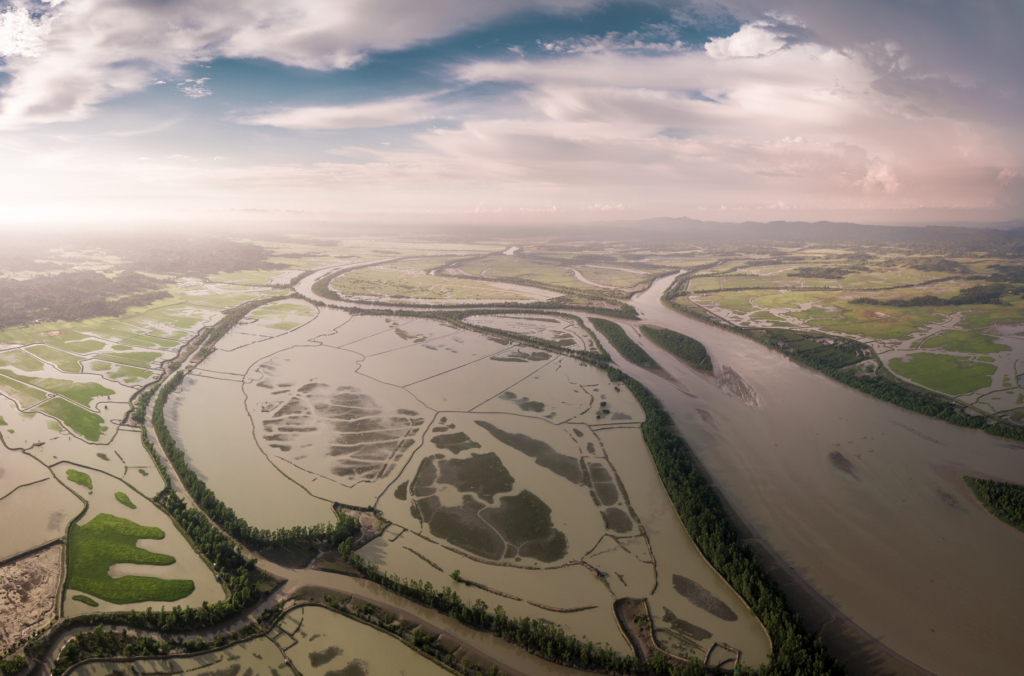
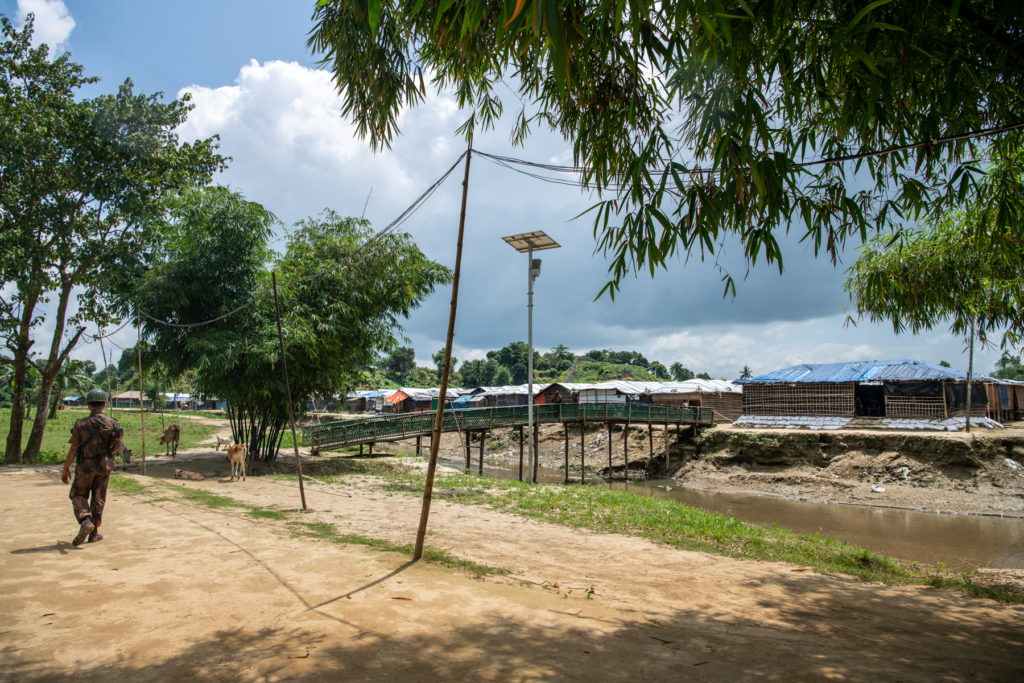

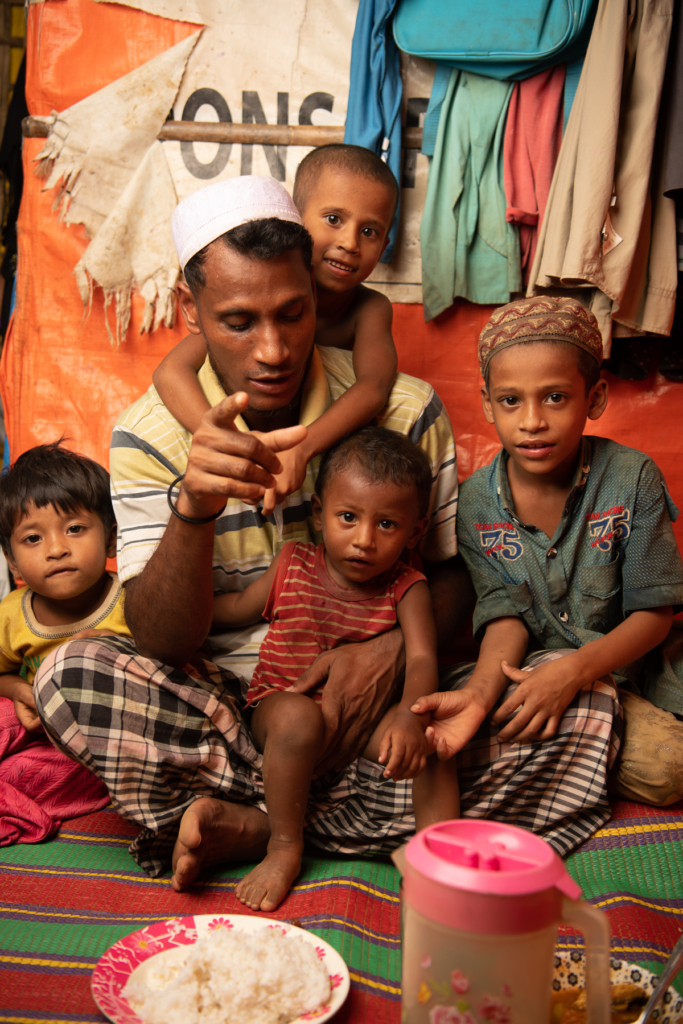


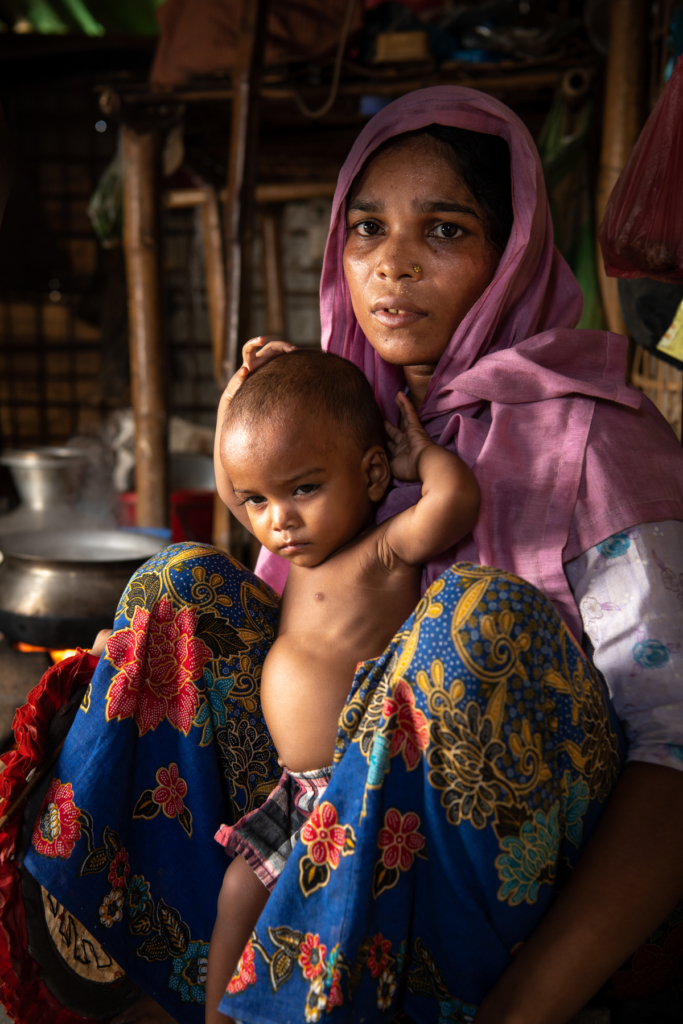

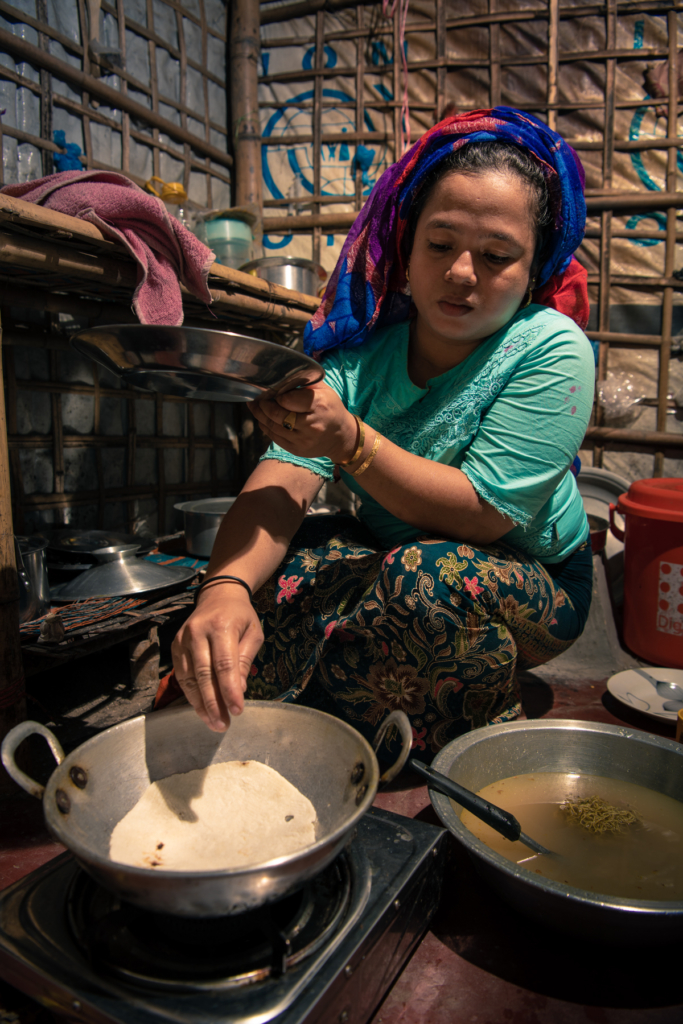




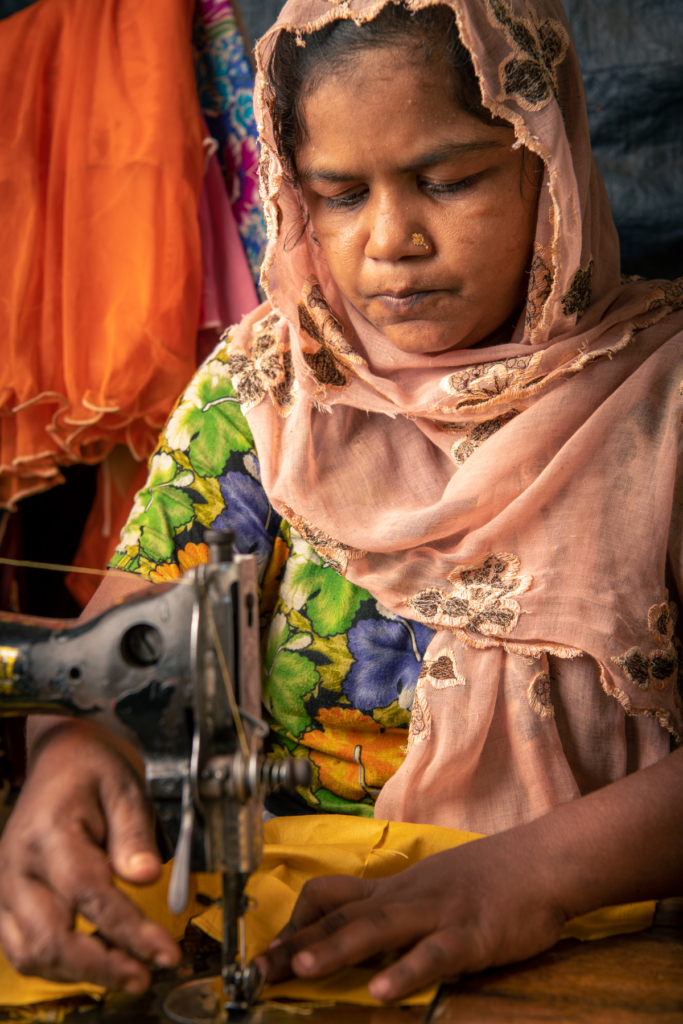
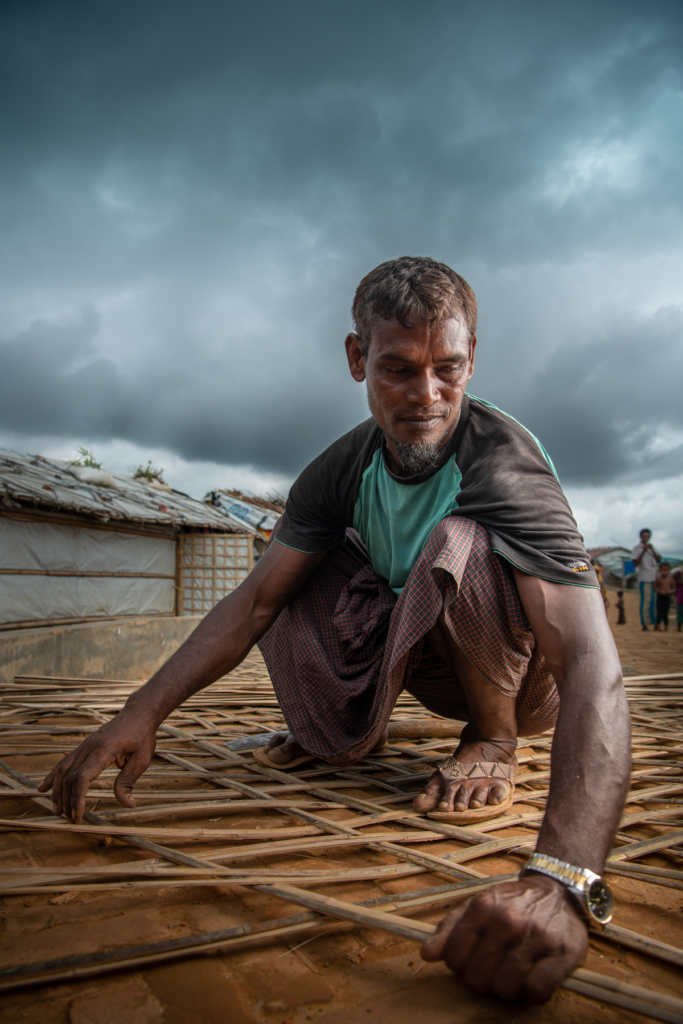
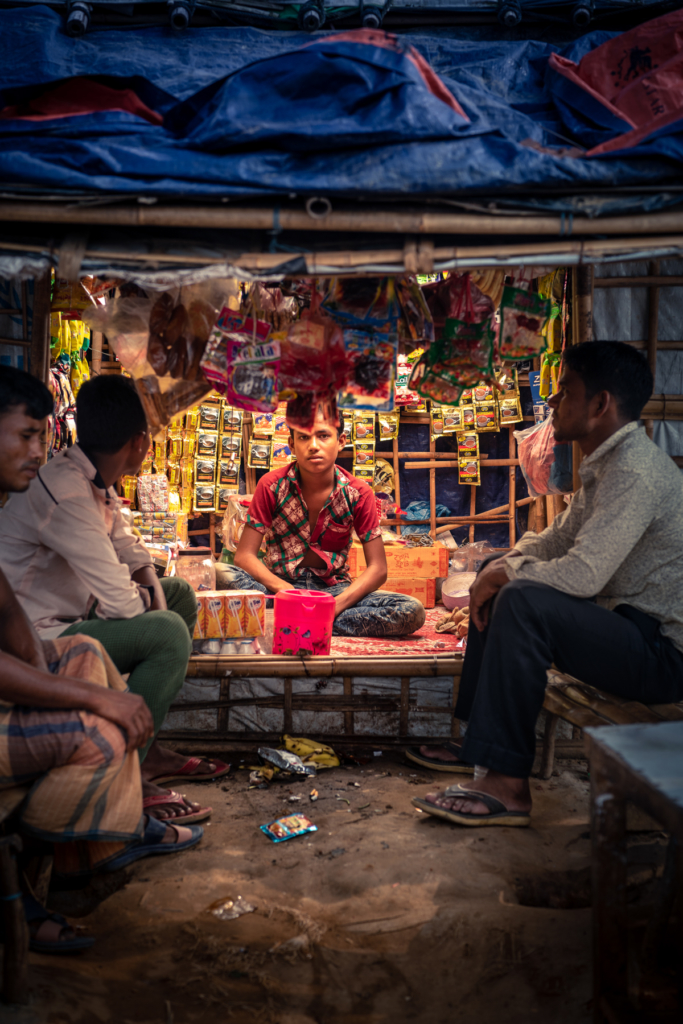





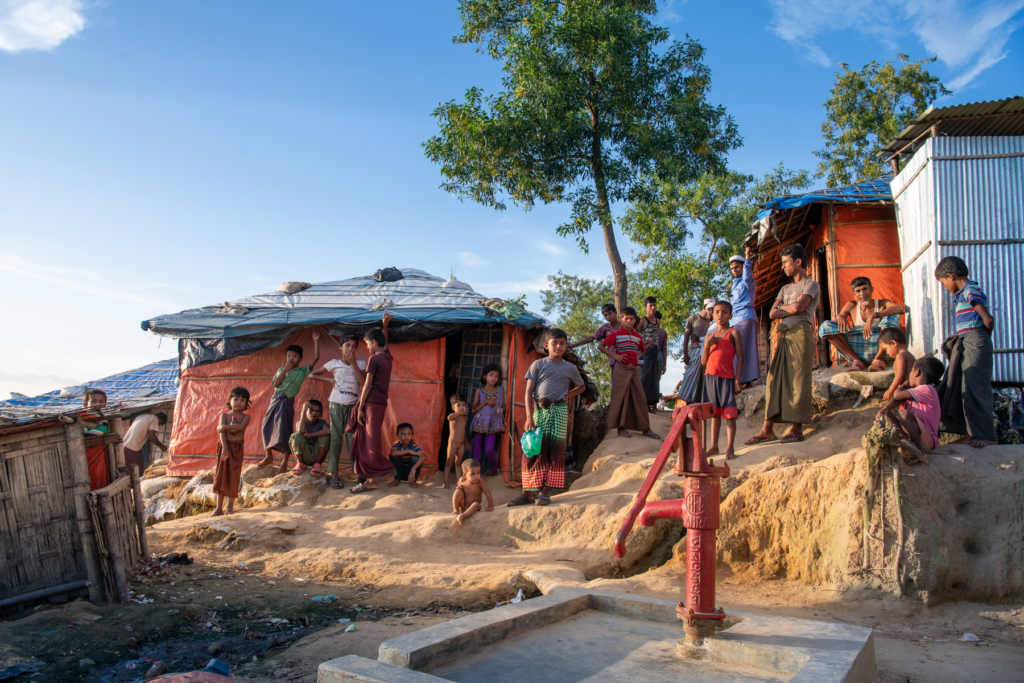
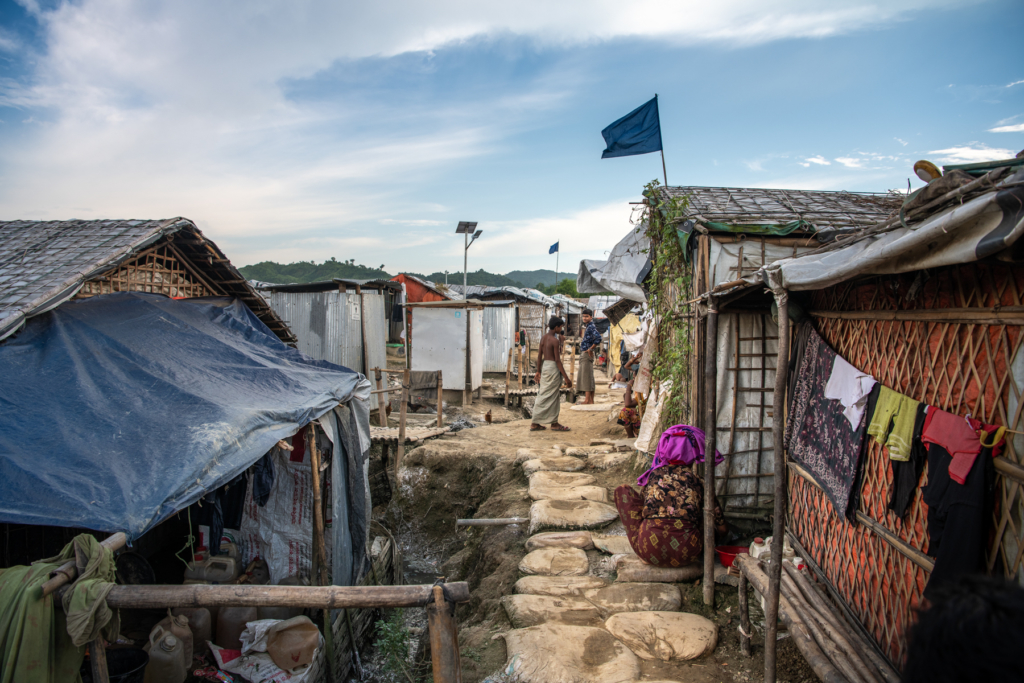

.
Onbit documentary photography AWAD 2018
(Onbit is one of great photo group for documentary photographers, Give the award to 5 best work in the year) http://documentaryonbit.or.kr/




Publishing work
The story of Rohingya refugee, photo report by Hakbong Kwon.
Publication date: 17 APL 2019
ISBN 9788960305236(8960305235)
212 X 220 X 13 mm /616g , 248pages
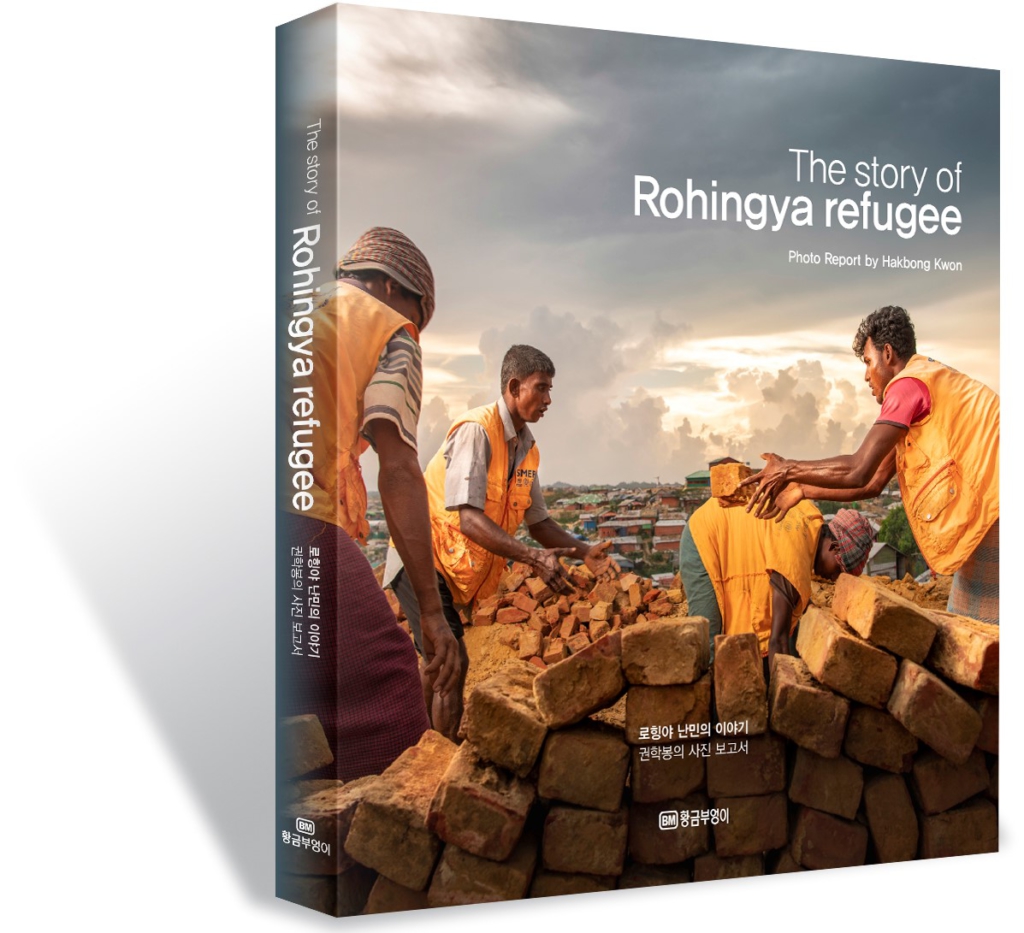




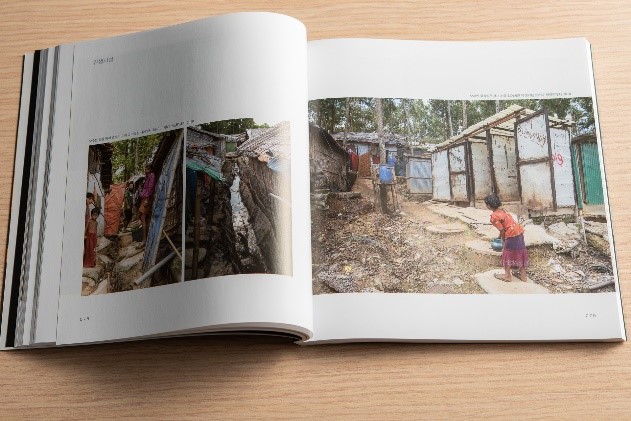



Newspaper article content
Korean News, YTN
https://www.yna.co.kr/view/AKR20190408150600005
UNHCR Korea

